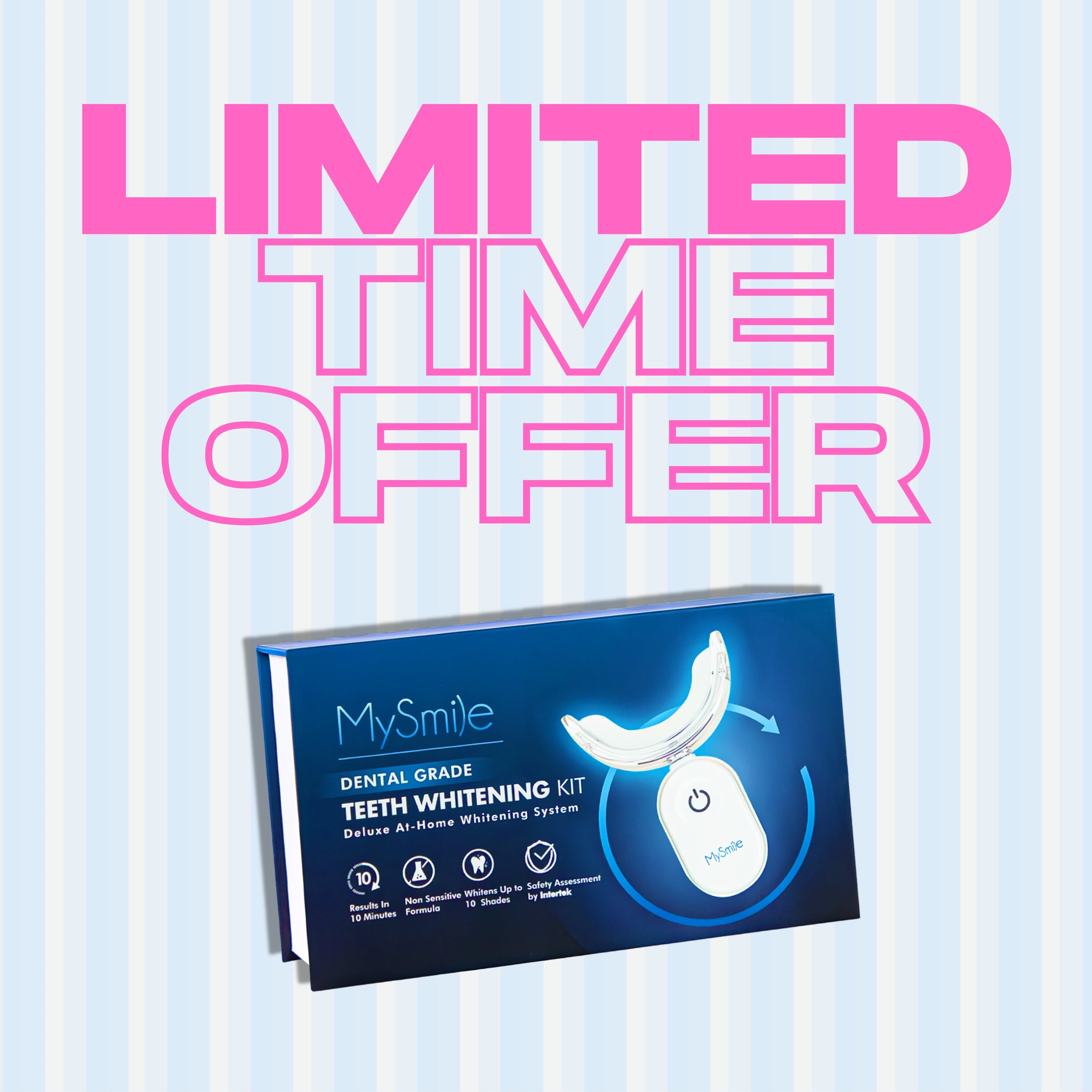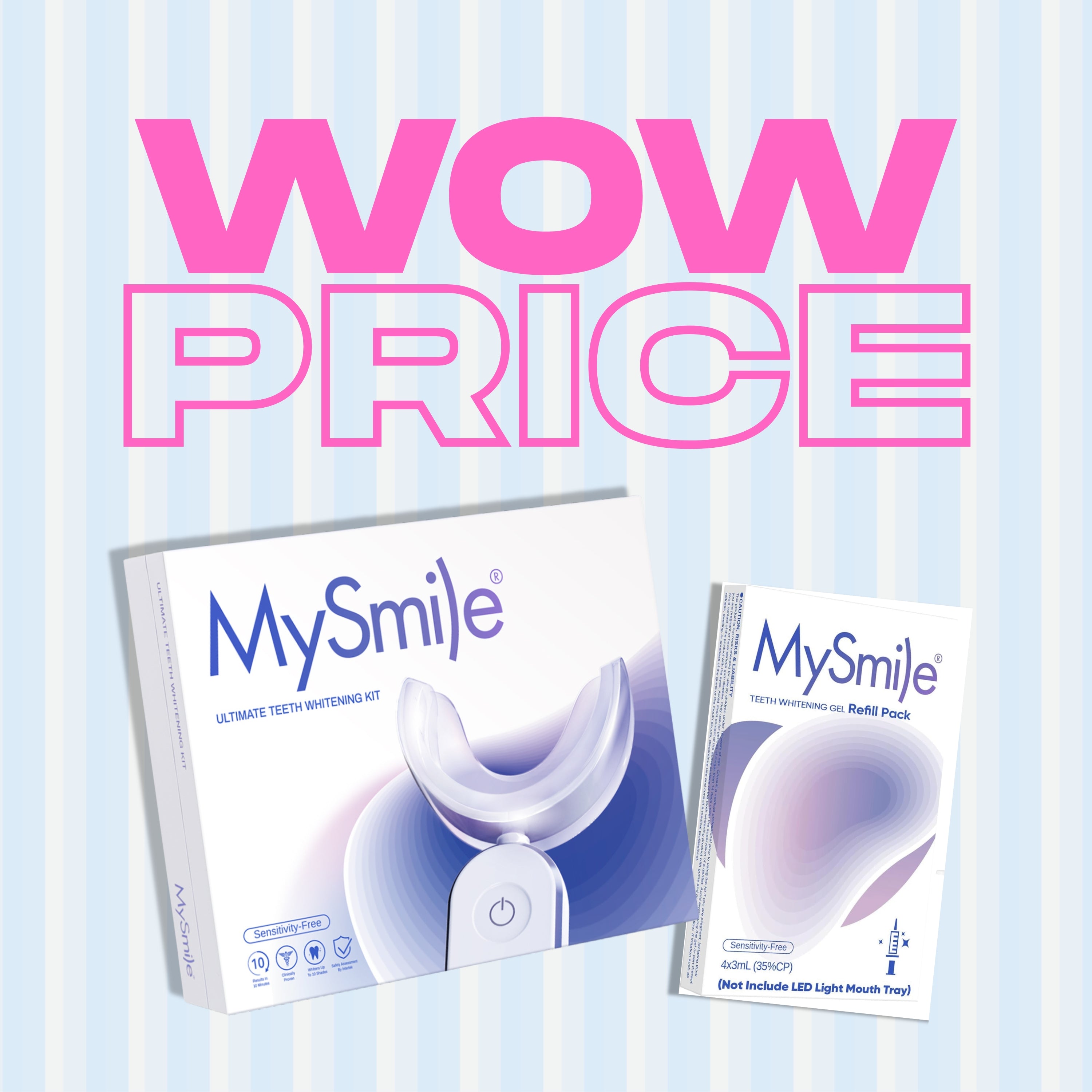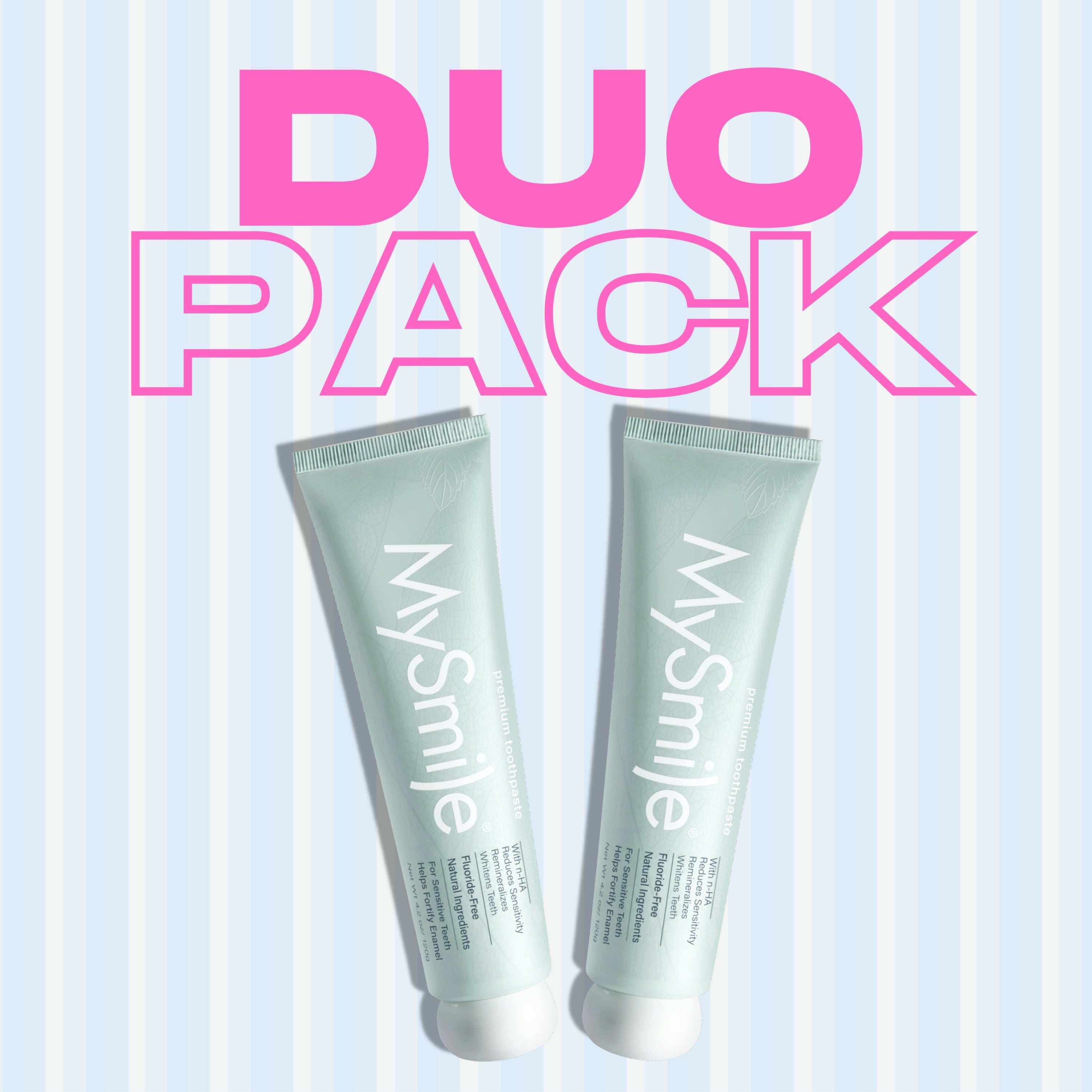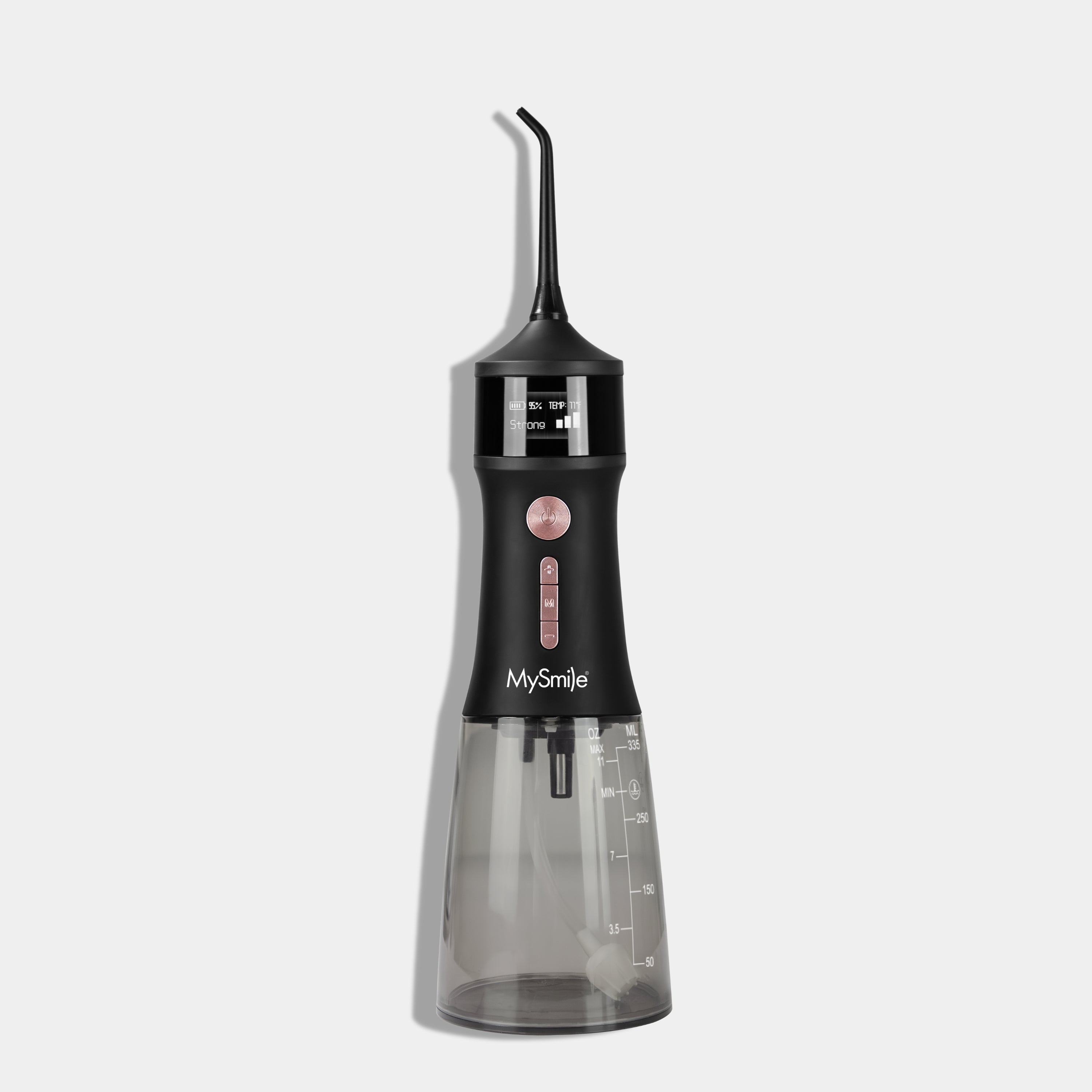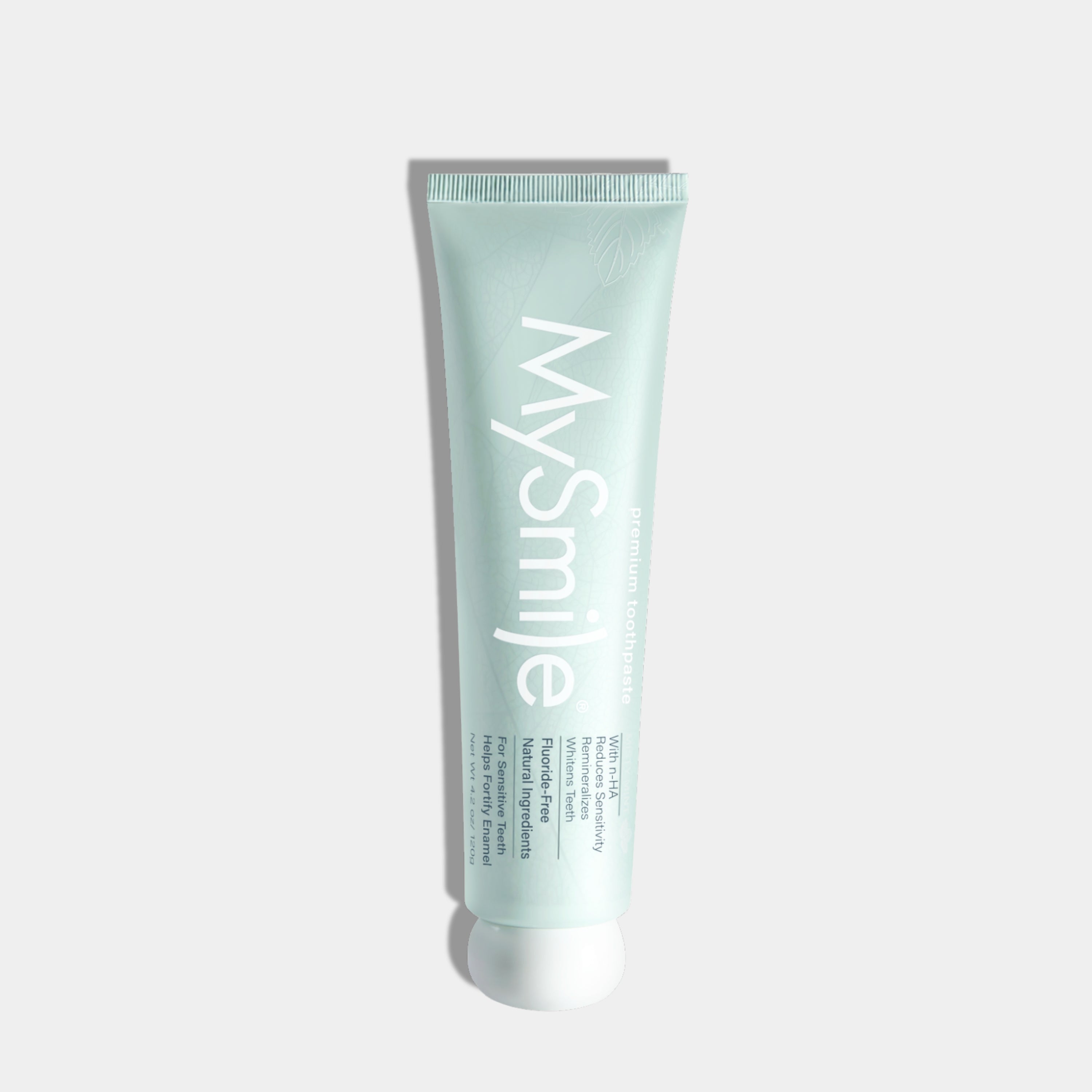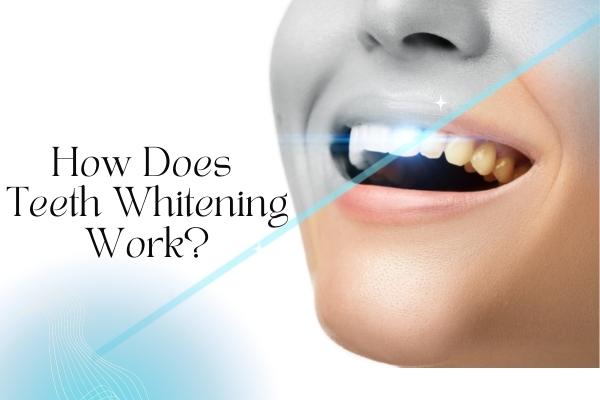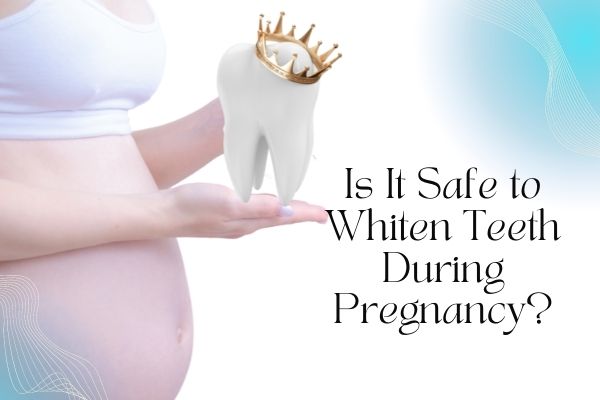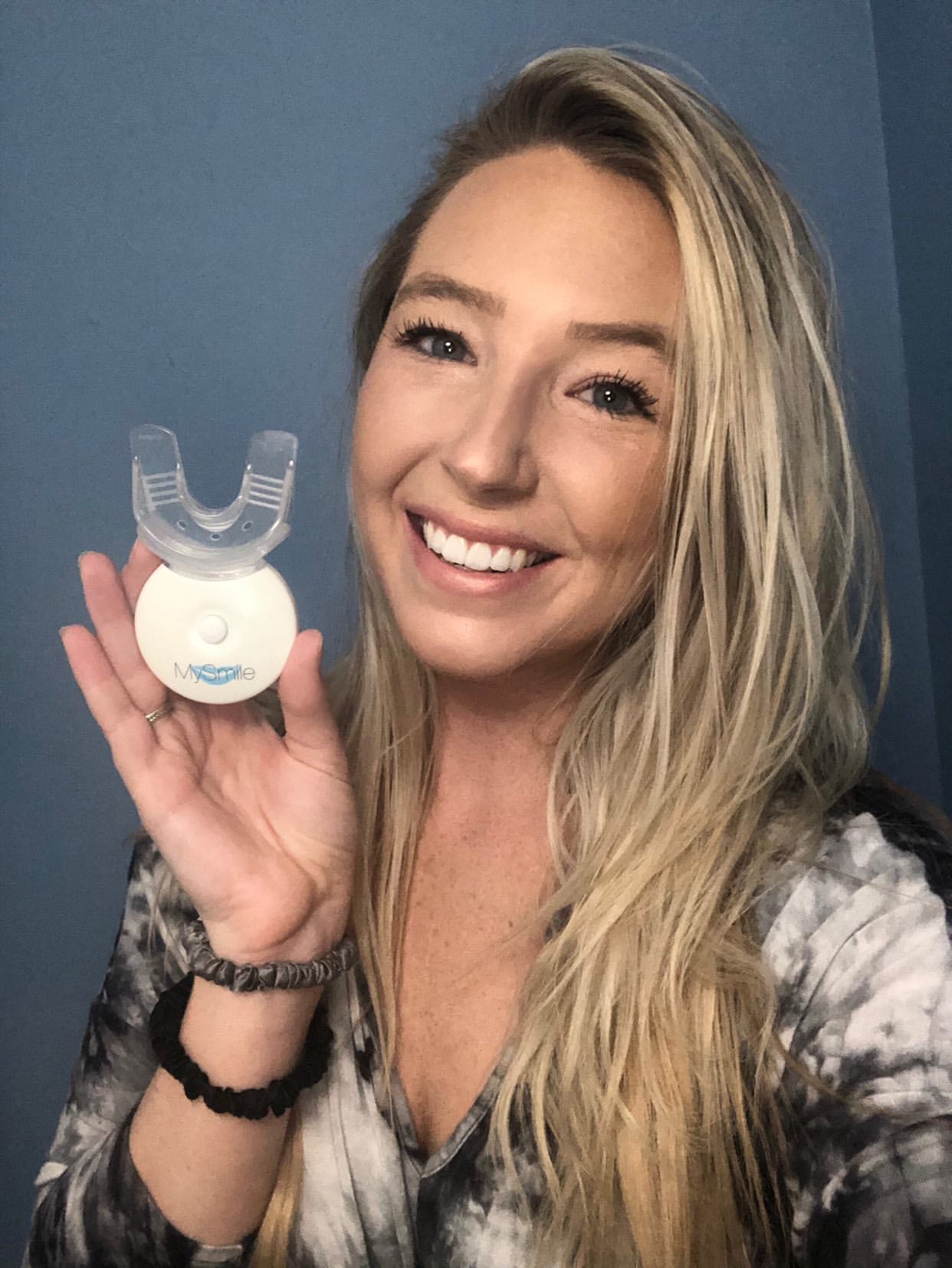How Does Smile Whitening Work?
It's no secret that a bright, white smile is considered attractive and helps people feel more confident. That's why so many people turn to teeth whitening treatments to achieve their desired results. But what exactly is teeth whitening, and how does it work?
To understand how to whiten teeth as effectively as possible, let's start with a little science. Then, keep reading to find out.
Your teeth are made up of two layers: an inner dentin layer and a hard outer enamel layer that protects them. When you put food, drink coffee, or other substances in your mouth, another layer builds on top of the enamel layer.
In essence, the foreign substance builds up and forms a pellicle film on top of the enamel layer. The pellicle coating acts as a barrier between the enamel and the outside world. It minimizes the amount of acid produced by plaque bacteria and inhibits germs from penetrating the enamel and gum tissue.
Here is why you must avoid acidic Foods after whitening your teeth. When you eat acidic foods, the acids destroy some of the pellicle coatings, causing the enamel to erode or wear away. Over time, the enamel thins and becomes less resistant to harm. The enamel eventually wears away completely, revealing the softer dentin beneath.
This process occurs naturally over time, but if you want to whiten your teeth faster, you can employ various methods. For example, chemicals are used in some ways to remove the pellicle coating, while mechanical methods are used in others. In any case, the purpose is to make the enamel appear brighter and whiter than it was previously.

Toothpaste That Whitens Teeth
To get the best results, you have to choose the right oral care products. These can be anything, from gel to toothpaste or LED Kit. Of all the products, teeth-whitening toothpaste is considered the most safe and effective option. But how does it work
Whitening toothpaste works by removing surface stains on teeth rather than stains deep into the structure. Unfortunately, they do this by being more abrasive than other toothpaste, which is why your dentist may discourage you from using whitening toothpaste if you have complained of tooth sensitivity. More than anything, toothpaste is good for preventing stains, not actually removing them or whitening your teeth.
Over-the-Counter Whitening Strips and Gels
There are different types of whitening products, such as whitening dentifrices, trays, whitening strips, paint-on brush applications, and light-activated tooth-whitening systems. Whitening strips were introduced into the market in the late 1980s. They deliver a thin layer of peroxide gel on plastic strips shaped to fit onto the buccal surfaces of the teeth.
You can use bleaching in addition to whitening toothpaste. The question arises: How does teeth bleaching work? Bleaching is a kind of teeth whitening that involves using bleach-containing peroxide. Typically, this component is found in whitening strips. It cleans deep surface stains and can make teeth even whiter than their natural shade from the first use.
However, does teeth bleaching work? Numerous teeth whitening strips are on the market with varying instructions, depending on the strength of the peroxide. Follow the directions on the product carefully. Initial results are seen in a few days, and final results last about four months.
An entire course starts showing results within 2-4 weeks. Tooth lightening can be seen in several days, and this method can lighten the teeth by 1 or 2 shades. Some newer whitening strip products require only one 30-minute application per day and have the same whitening endpoint as the two-a-day products.
Whitening gels are peroxide-based gels applied with a small brush or pen directly to the surface of the teeth. Manufacturers' instructions usually call for twice-a-day applications for 14 days. Like the whitening strips, the teeth can usually be lightened by 1 or 2 shades. At-home teeth whitening pens are considered less efficient, but they can be carried anywhere without any hassle. This portability makes it a popular choice among people who want whiter teeth.
Rinses for Teeth Whitening
Whitening rinses contain oxygen sources such as hydrogen peroxide to react with the chromogens. Manufacturers' instructions are for twice-a-day rinsing for 60 seconds each. The most common side effect is staining the tongue and lips due to the high concentration of peroxide.
Do whitening strips work permanently?
Teeth whitening strips are a simple procedure that can last a long time. One of two bleaches (hydrogen peroxide or carbamide peroxide) is used in whitening strips. These bleaches break down stains into smaller bits, reducing the intensity of the color and brightening your teeth. Teeth whitening strips are one of the most popular cosmetic dentistry procedures because they are affordable, effective, and quick.
Thankfully, you don't have to give up your favorite foods and drinks to get whiter teeth. Today, you can choose from a variety of efficient teeth-whitening products. In addition, you may lighten your teeth quickly and efficiently with in-office treatments and at-home teeth whitening kits.
Teeth Whitening Side Effects
Teeth Sensitivity: Commonly reported tooth whitening includes increased tooth sensitivity and mild gum irritation. What happens when the peroxide in the whitener gets through the enamel to the soft layer of dentin and irritates the nerve of your tooth? Bleaching can cause a temporary increase in sensitivity to temperature, pressure, and touch.
Tooth sensitivity often occurs during the early stages of the bleaching treatment. This is likely to occur during in-office whitening, where higher-concentration bleach is used. Some individuals experience spontaneous shooting pains down the middle of their front teeth. Individuals at greatest risk for whitening sensitivity are those with gum recession.
Gum irritation: The peroxide in whitening strips might also irritate your gums resulting from the bleach concentration or from contact with the trays. This frequently occurs when the strips are worn incorrectly or for an extended period of time. Gum irritation after teeth whitening begins within a day of the treatment and can last a few days.
Uneven whitening: People who have had dental restorations before whitening therapy may experience uneven whitening, also known as "technicolor" teeth. Restorations such as bonding dental crowns or veneers are not affected by bleach and therefore, maintain their default color while the surrounding teeth are whitened.
How does MySmile work?
Now that we've covered how it works, it's important to note that teeth whitening is not permanent—your teeth may start to yellow again over time. Dr. Tam said at-home results can last from a few weeks to a few months. Before you consider the intrinsic whitening of your dentine and enamel, you need to understand the procedure fully, the potential result, what it will involve, and what it will require from you.
If you are looking for a long-term solution, visit MySmile Teeth for guidance and effective products. Have you tried Teeth Whitening Kits before? What was your experience like? Please let us know in the comments section below!

